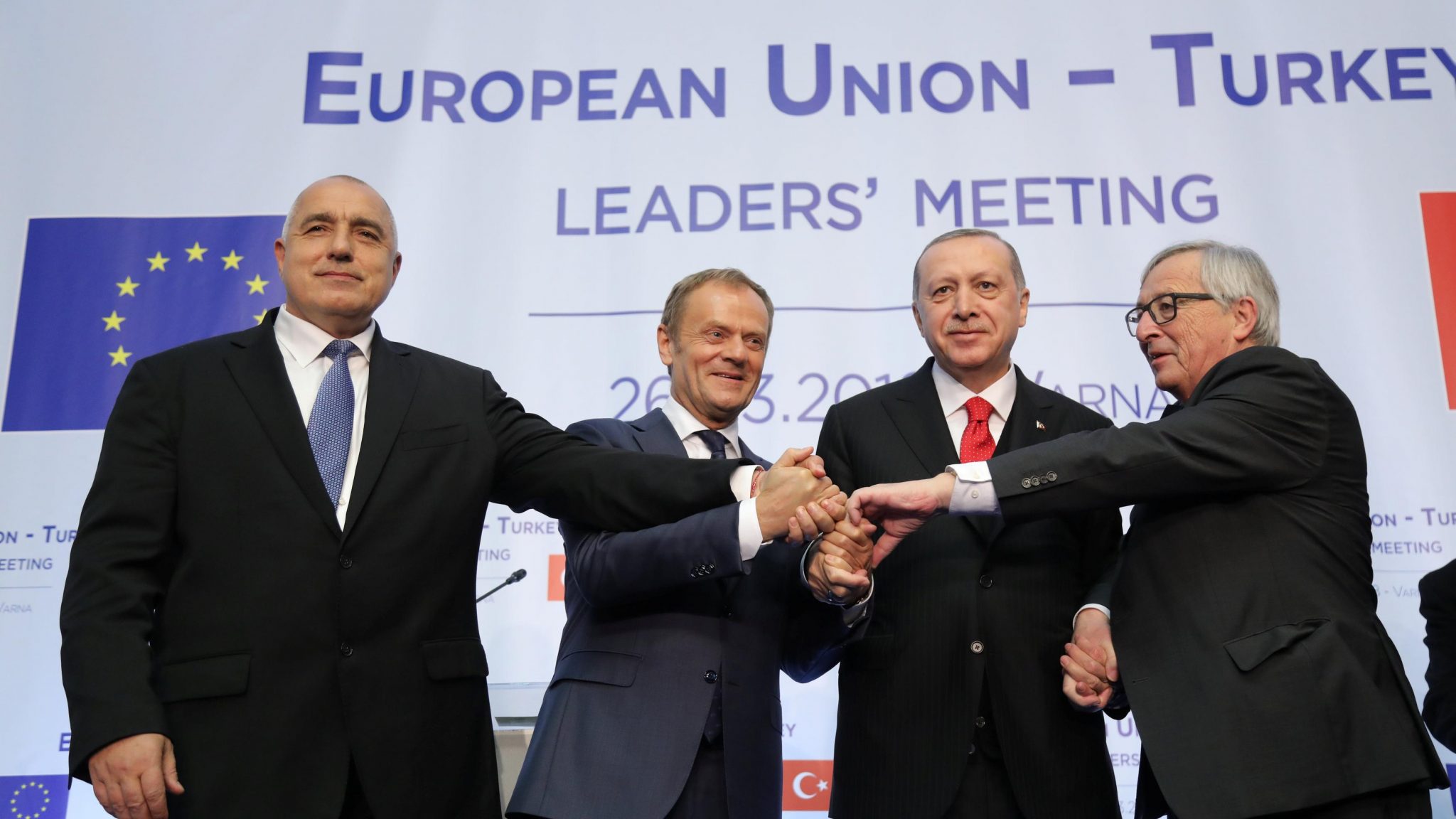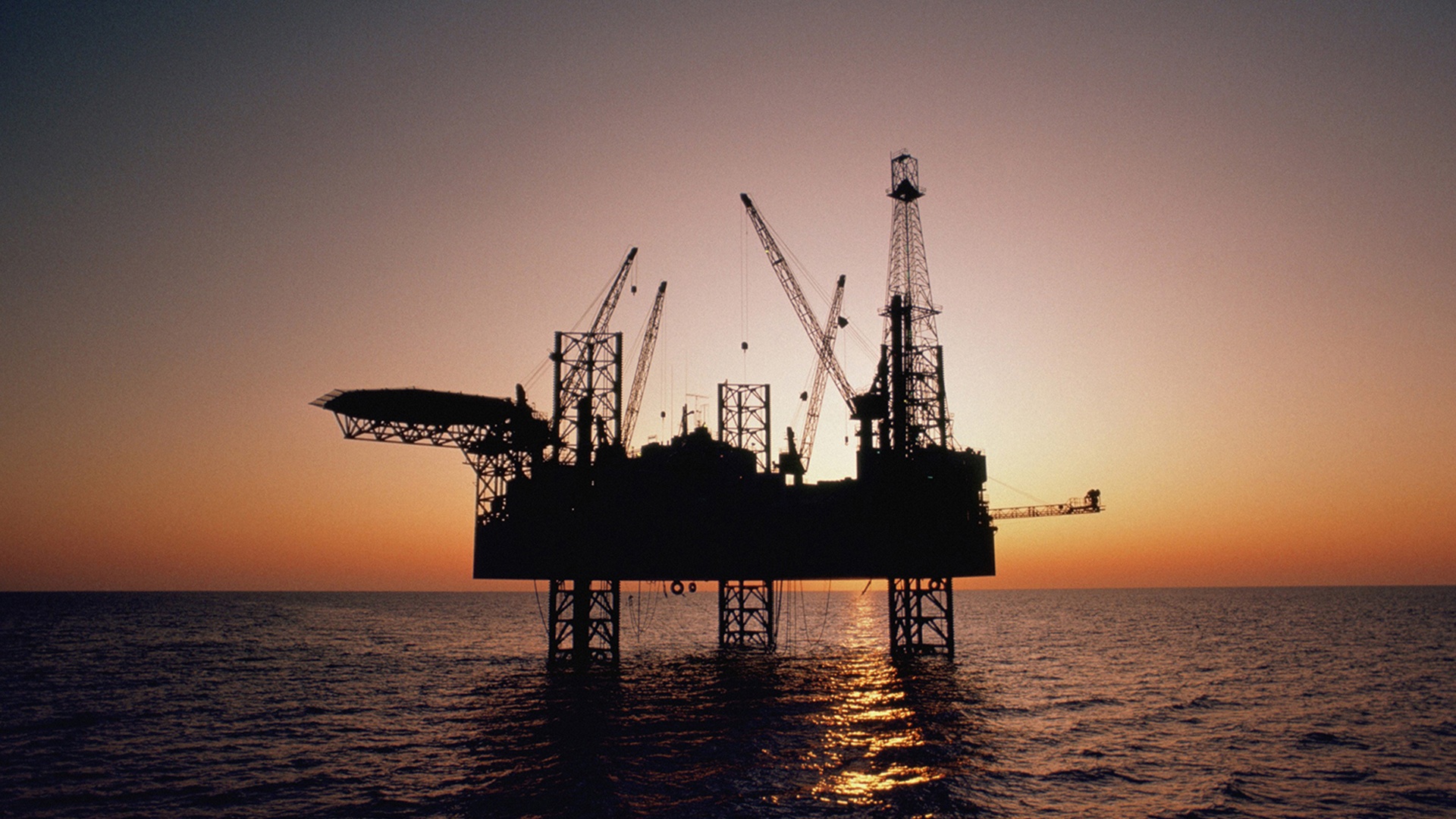
[authorbox authorid=”69″ title=”The Author”]
Over the course of the past two or three years, Kazakhstan has lost some of its positive image within the post-Soviet space. Only a few years back, the country was regarded as some sort of model state within the Commonwealth of Independent States (CIS), enjoying high living standards, political stability and an enviable level of popular support for the government. Today, though, Kazakhstan’s development gives cause for some concern.
According to its macroeconomic data, the country has left behind the difficult years of 2014-2015 and is currently growing at more than 4%. Prices for Kazakh export goods have partially recovered just as commerce with other countries is picking up steam. Recognizing this trend, the rating agency Moody’s has updated its outlook for Kazakhstan from negative to stable.
At the same time, however, living standards for large segments of the population are declining, state subsidies are being missallocated in society and a number of missteps gave rise to a latent popular frustration with the government. So far, this mood has not yet burst into the open, given the nature of the political system and that social problems have not reached a critical stage – with the exception perhaps of the spontaneous demonstrations against a land reform bill that rocked Kazakhstan already in spring 2016.
Apart from that, more discontent was building up this autumn as the Republic is encountering a whole new set of problems. First, Kazakhstan was hit with a dire shortage of gasoline, especially for cars and the media and social networks were full of pictures showing long lines before gas stations in Almaty, Astana and other cities. Signs at the stations read “No More Gas Available” and fuel was sold only in predefined quantities in some places. Fuel prices skyrocketed by 11% according to Kanat Bozumbayev, Kazakhstan’s Energy Minister.
A number of factors were at the core of the fuel crisis. The three Kazakh oil refineries are only able to satisfy 70% of the country’s demand, while the rest is being imported from Russia. According to officials, planned delivery stops at local fuel stations coincided with logistical mistakes and led to interruptions with timely fuel deliveries. “With our reserves well filled at the beginning of summer, many companies fell into complacency and we started importing less fuel. In addition to that came an unexpected price hike on the Russian market. And accordingly, our reserves were sharply declining”, former deputy energy minister Aset Magauov told “Tengrinews”.
In response to the outcry in society, the government of Bakytzhan Sagintayev was determined to show the public decisive action and fired Deputy Energy Minister Aset Magauov on 10 October as well as Daniyar Berlibayev, vice president of the company “Kazmunaigaz”. And the next day, President Nursultan Nazarbayev himself publicly reprimanded Energy Minister Kanat Bozumbayev. The fuel crisis will certainly pass soon but chronic problems like insufficient refinery capacities, dependency on imports and different excise regulations between Russia and Kazakhstan remain.
Nonetheless, the current situation is a bad symptom for the mood in Kazakh society and is indicative of a number of problems within the government, and the system as a whole. And all of these issues partly overshadow Kazakhstan’s main image project of the last few years: the international exhibition “Expo 2017 – the energy of the future”.
The mentioned difficulties do, at the same time not only damage the government’s reputation – the perception of Eurasian economic integration is suffering as well. Even though the Kazakh people still express overwhelming support for the idea of the post-Soviet integration project in opinion polls, analysts of the Center for Integration Studies at the Eurasian Development Bank have found out in their “Integration Barometer” that 74% of Kazakhs supported the idea of deeper integration in 2016, compared with 84% two years before.
Key factors in explaining the drop in support are the decline in purchasing power, rising prices that coincided with the beginning of Kazakhstan’s membership in the Eurasian Economic Union (EEU) and the absence of tangible changes for the better in the lives of many Kazakhs over the last few years. One way or another, the success or failure on these social issues are being directly projected on Kazakhstan’s foreign and external economic policy.
Against this background, the criticism of the government, a too much pro-Russian course and EEU membership in a rather small but very vocal part of Kazakhstan’s society is resounding even louder. The prevalent view in these circles is that Eurasian integration has failed to produce any tangible benefits for Kazakhstan and is mainly a vehicle for Moscow’s interests that will leave Astana in a permanent dependency on Russian economic policy, prices and political decisions.
In this context, they point to the substantial difficulties of Kazakh businesses to compete with Russian firms and the steady increase in Russian exports to Kazakhstan: in 2017, 38,5% of all Kazakh imports came from Russia – an all-time high; at the same time, Russian imports from Kazakhstan were 2,5 times lower. The critics of the government hold up these and other problems, like the conflicting interests of its members and the use of non-tariff barriers in mutual trade, as proof of the EEU’s overall failure. Lest not forget that only a minority in Kazakhstan’s society share this assessment.
The government, on the other hand, has always argued that pursuing EEU integration will bring tangible benefits for Kazakh citizens. And these do clearly exist: Kazakh entrepreneurs stress the vastly simplified access to the big markets of Russia and other EEU members, the rising number of jointly-owned companies, the impressive growth in Kazakh agricultural exports to EEU countries and the possibility to participate in an import substitution scheme. Another objective advantage for Kazakhstan is the active industrialization policy of the EEU with incentivized development of the machinery industry as well as agriculture.
Nevertheless, grounds for criticism of the EEU in Kazakhstan remain and new problems are inevitably going to arise during the process of closer integration: with prices rising and the quality of life still modest in comparison with better years past, “Eurasoscepticism” as an alternative to the current policy could spread even wider within the Kazakh population; and such a political constellation will lead to a partial mobilization in society and become an instrument in the coming power struggle over Kazakhstan’s political transition
Meanwhile, the forthcoming succession question in the Republic does not yet have a clear outline – in fact, the details of a transition are impossible to predict right until the event itself: a number of quite unpredictable and powerful variables are weighing in on this process. And the increasing rotation among the highest echelons of power in Kazakhstan, the now frequent anti-corruption investigations and the relocation of high officials clearly shows that the intra-elite struggle has significantly intensified.
And the various groups within this political elite are not only differentiated by their economic interests but also by their preferences of Kazakhstan’s chief partners in its external economic relations – mainly Russia and China.
All in all, the situation within the country today is well under control despite socio-economic difficulties and political uncertainty. Working towards further progressive steps to strengthen economic growth and ensuring political stability will be key to improving this overall situation. With time, economic growth numbers will translate into improvements in the quality of life for many average Kazakhs and will reduce the risk of social unrest to a minimum. On the other hand, ignoring today’s problems, a further deterioration of the economic situation or a chaotic power transition could disrupt life in Kazakhstan and lead to serious trouble towards the end of this decade.



